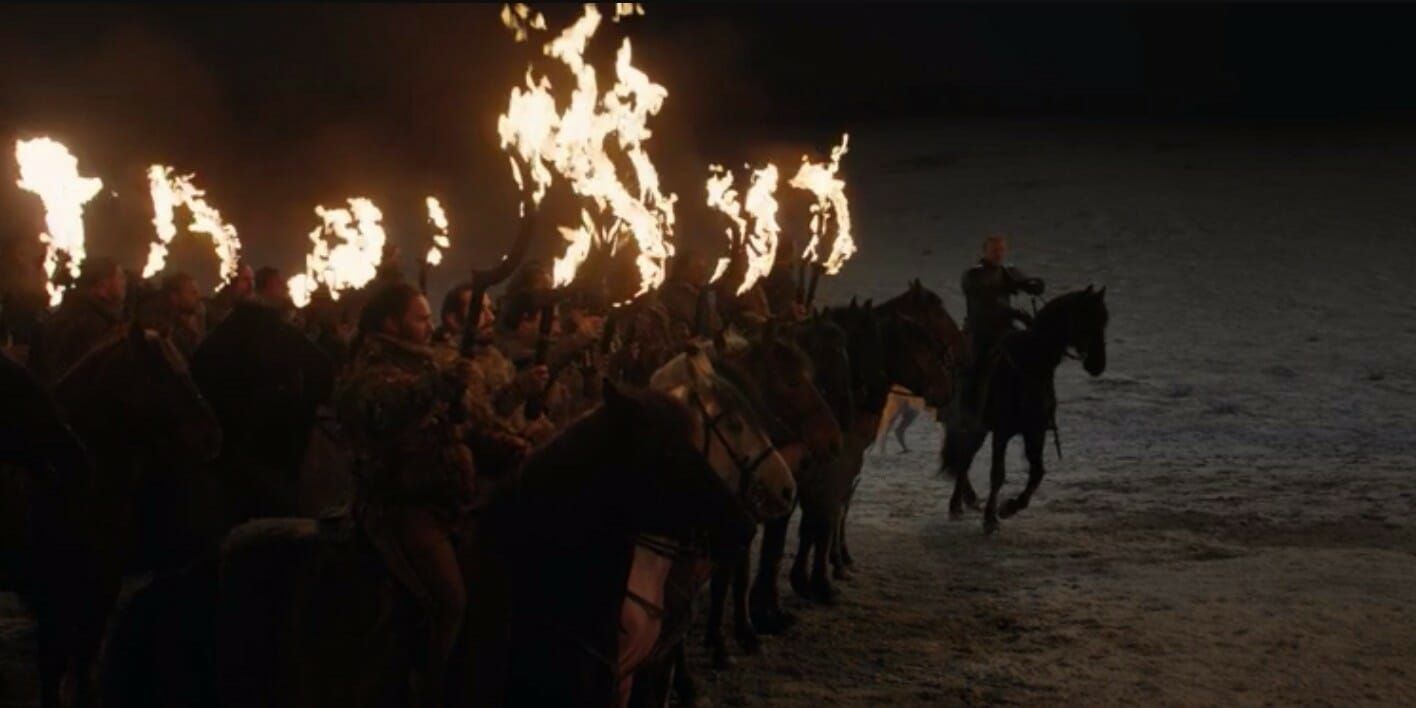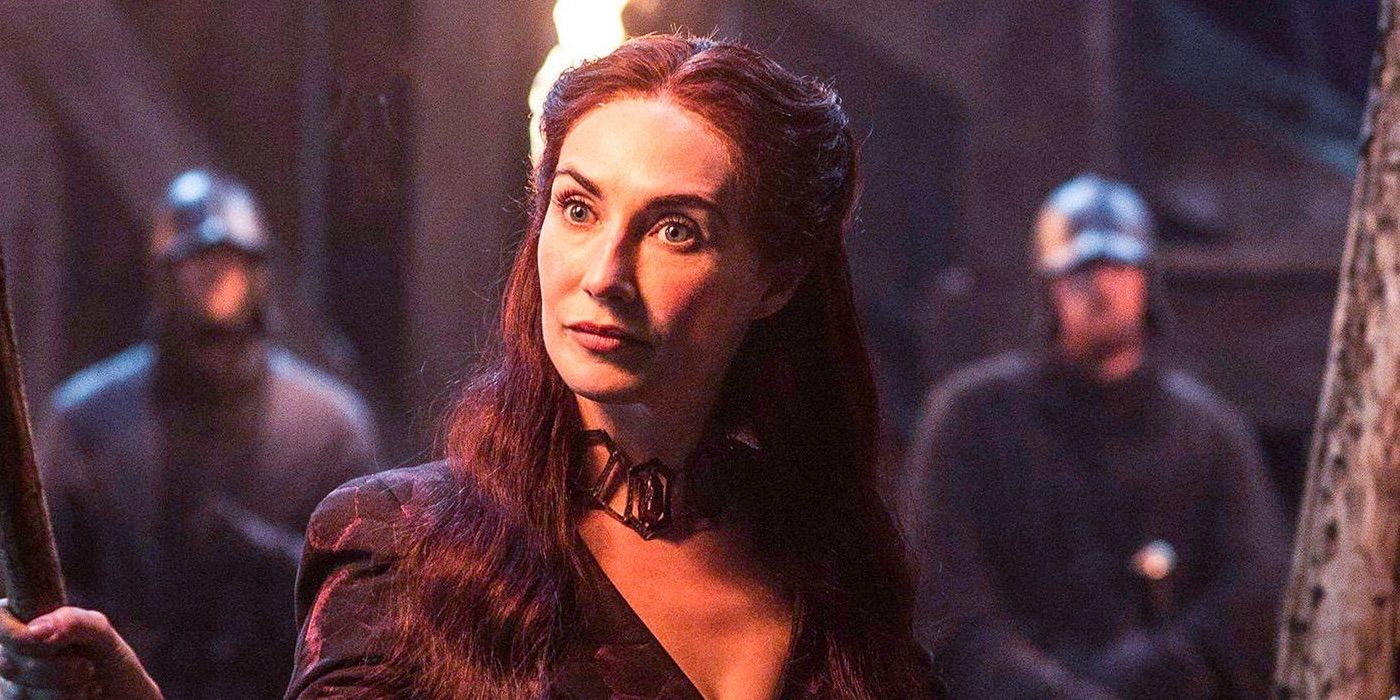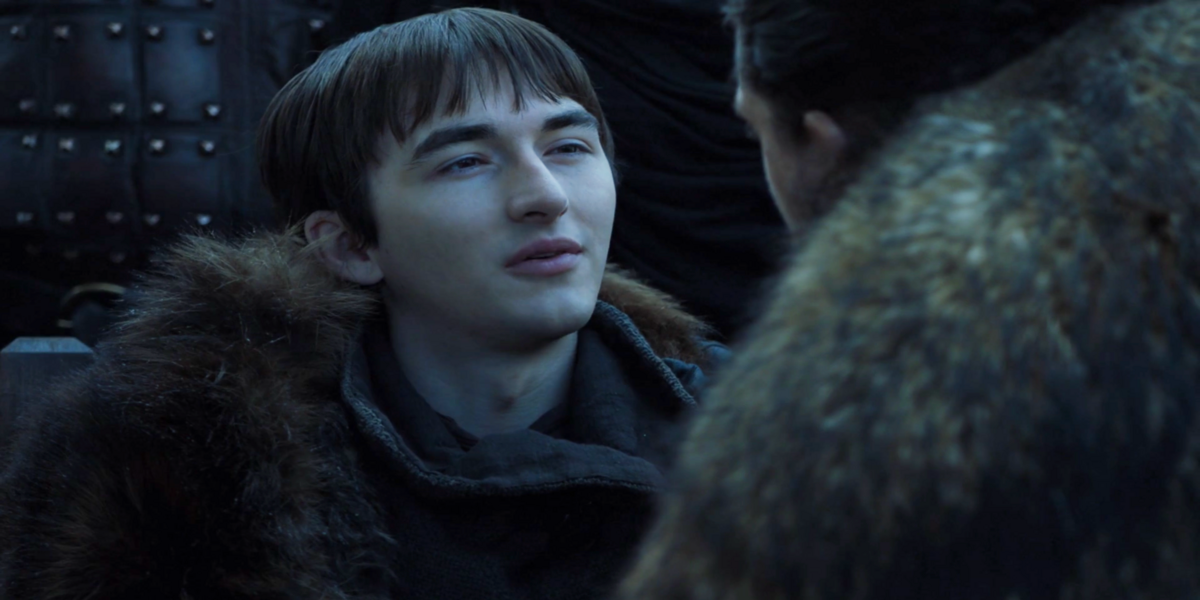Game of Thrones is a bit of an enigma these days. The show was one of the biggest and most-watched series in the world, amassing a large following of dedicated fans. Unfortunately, GoT fumbled so badly in its final season that it left fans upset, as well as hurting the show's once pristine legacy. Of course, Game of Thrones received criticism during its entire run – especially for its portrayal of sexual violence – but nothing would damage the once-great HBO giant as the final few episodes would.
From major events ending in underwhelming ways, to seasons-long character development being tossed, and Bran of all people becoming king of Westeros (the same character who was missing for an entire season), there are plenty of reasons the show has such a tainted legacy these days. One of those reasons is the series' multiple lingering mysteries left unanswered at the end of Season 8.
Why Was Jon Snow Actually Brought Back To Life?
The Lord of Light is the closest things to a real god in Game of Thrones. Melisandre and Thoros both claim that the Lord gave them gift of resurrection, allowing the two to revive Jon Snow and Beric Dondarrion respectively. In regards to Beric, he was kept alive to fulfil his purpose of saving Arya so she could successfully kill the Night King. But why was Jon Snow brought back?
Some fans theorize Jon was revived simply to stop Daenerys' world conquest or inspire Arya to return to Winterfell and defeat the Night King, but none of these feel particualrly satisfying given how much important the show places on Jon coming back in the first place. It would be one thing if Jon defeated the Night King by himself like the series was building up to, but as is, he's just as man who comes back and stabs his lover in the heart.
Why Did Arya Even Become A Faceless Man?
Ayra spent a long time training to become a Faceless Man in Braavos, having left Westeros in Season 4 and only returning at the end of Season 6. At the House of Black and White, Arya honed her abilities and used her new talents to kill Ser Meryn Trant and later Walder Frey – the man responsible for her brother and mother's deaths at the Red Wedding.
By the last two seasons, everything seemed to indicate that Arya would use her Faceless Man abilities to kill Cersei. Instead, Arya never kills Cersei. In fact, she never uses her Faceless Man abilities again after wiping out House Frey. Game of Thrones made it seem like Arya's time in Braavos was about honing her talents as a Faceless Man specifically, not basic training to make her fast enough to stab the Night King. The only thing her Faceless Man skills resulted in was fan service.
What Happened To The Dothraki And Unsullied After Season 8?
The Unsullied and Dothraki fought against the Army of the Dead during The Battle of Winterfell as well as the taking of Kings Landing. While Winterfell's forces lost a massive amount of bodies during the former, it's never made clear just how sturdy Daenery's army is heading into the Battle of King's Landing or even after. Logic would dictate that most of the Dothraki died during the Battle of Winterfell, but a huge horde can be seen in the last two episodes.
The series finale at least makes it clear that the Unsullied are sailing off to Naath, but no information is offered as to the Dothraki's fate. Perhaps more importantly, Naath is home to a disease called "Butterfly fever" that primarily affects foreigners. The Unsullied are essentially marching to their death while the Dothraki simply vanish.
Who Was Azor Ahai?
Game of Thrones brought up (and subsequently dropped) several prophecies throughout its eight season run, but none were as pervasive or prominent as the 'Prince Who Was Promised,' which Melisandre mentioned as one of her many visions. Melisandre originally believed that Stannis was the Prince before reinterpreting his identity as Jon Snow.
At the same time, the Red Priests in Meereen prophesied Daenerys as the 'Princess Who Was Promised,' since the word for Prince/Princess in High Valyrian is gender neutral. Besides Jon and Dany, audiences theorized that Azor Ahai could have been anyone from Jaime to Arya and even Beric. The fact Game of Thrones never clears up Prince Who Was Promised's identity is frustrating when the show places so much emphasis on the prophecy only for nothing to come out of it.
How Much Of The Future Can Bran See?
By the end of the series, Bran Stark could see into the past, present, and future – seemingly aware that he was meant to become king all along. His Greensight revealed some of the biggest plot twists in the show's history, like Jon Snow's real parentage, as well as foreshadowing King's Landing's destruction as early as Season 4. This, of course, begs the question: how much does Bran actually know?
Did he always know that he would one day become king? Can he only see the future occasionally, or can he see it all the time? Does he choose what he can see? More importantly, the show never addresses why exactly Bran can see the future. The fact he keeps eyes on the Night King's movement in Season 7 is important, but he ends up doing nothing in the Battle of Winterfell and King's Landing. For most fans, it feels like Bran became the Three-Eyed Raven soley to show audiences plot points no one else could.


.jpeg)
.jpeg)


